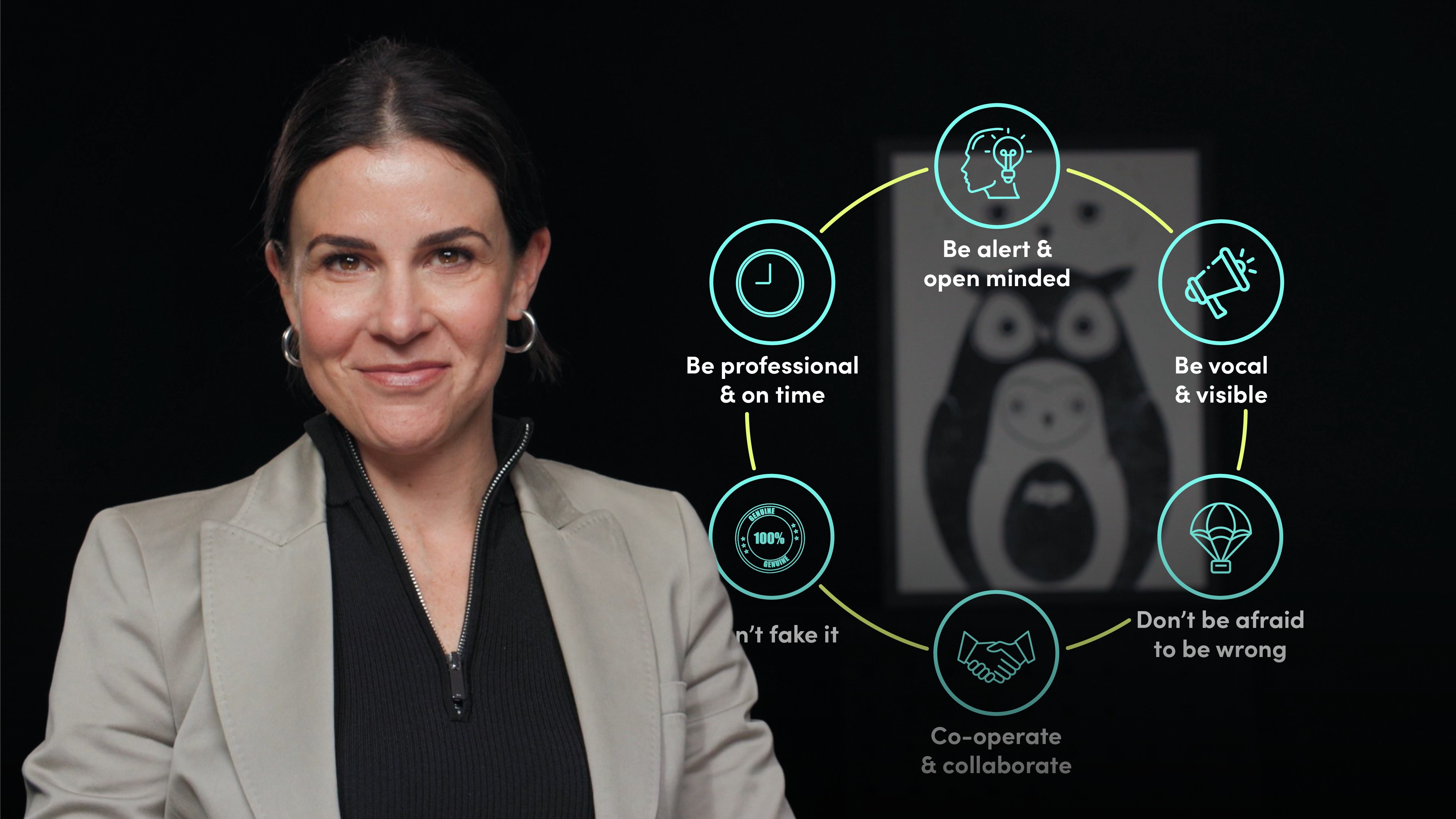
A Day in the Life of a Research Analyst

January Carmalt
20 years: Research & banking
In this video, January Carmalt shares some words of advice she learned from a career as a sell-side analyst working for banks and other financial institutions.
In this video, January Carmalt shares some words of advice she learned from a career as a sell-side analyst working for banks and other financial institutions.
Subscribe to watch
Access this and all of the content on our platform by signing up for a 7-day free trial.

A Day in the Life of a Research Analyst
11 mins 5 secs
Key learning objectives:
What does a typical day as a credit analyst look like?
How can an analyst not carve a niche in their field?
Why is it important to be proactive, rather than reactive?
Overview:
At its essence a research analyst’s job is to cut through the volatility, rather than be swept along with the tide, and critically examine the underlying fundamentals of a given enterprise, economy or asset class. Markets often succumb to sentiment over reason for technical, rather than fundamental reasons, overshooting one way or the other and it’s the analyst’s job to determine what is reasonable versus irrational. A good research analyst is always proactive, less reactive, forecasting and predicting with the knowledge at hand. It’s about reading a situation before it becomes a situation and communicating one’s ideas to clients -- be they the traders, sales, capital markets or investors in a way that creates as much noise as the market, and in those rare, coveted cases even move it.
Subscribe to watch
Access this and all of the content on our platform by signing up for a 7-day free trial.
What does a typical day as a credit analyst look like?
The beauty of working as a research analyst in the City is of course no day was exactly the same. Many careers boast such benefits and whilst not everyday is ground breaking, as far as stimulating careers and work environments are concerned (notwithstanding working from home), being an analyst in the City ranks high. Be warned: early starts are inevitable. I normally arrived in the office for 6:45am, or earlier during earnings season, logging into Bloomberg first thing for news and relevant headlines. Scanning FT headlines and the business section of the Times et al, before Monday morning was also a good idea to be prepped with value-added commentary in response to potential market-moving announcements.There were mornings when a whole day’s work was crammed into a few early hours. By 9am, when other bankers were arriving, I was normally heading out for a coffee or breakfast. During the financial crisis in particular, there were days I was on the phone most of the day speaking to investors - credit and equity investors. Face-to-face investor meetings were also important, demanding I be entirely up to speed on the clients’ needs and tailor my presentation toward what they may want to discuss.
How can an analyst not carve a niche in their field?
It’s always good to have a particular expertise on any given area of market concern. During 2008/09 I sought to carve a unique selling point by being an expert on hybrid capital instruments and offering tutorials and trade ideas to equity investors. This helped increase my profile across the bank and introduced me to an entirely new market which at that point in time, knew very little about the structures of some very attractive investment opportunities.
Why is it important to be proactive, rather than reactive?
It’s never fun playing catch up with the markets, or worse, your competitors. Timely, value-added content gets the most clicks, not regurgitating the morning’s news. By the time a story makes headline news, it’s old news. The best way to be proactive is to know your subject matter inside and out, even it’s a smaller niche area. Catch up on the headlines the evening before and be ready with something relevant to say the next morning, even if it was repeating something from before. If it still makes sense - repeat, repeat, repeat. Sales and trading are like sieves, they don’t always remember what you say (or listen). Have the courage of your convictions and keep banging that drum. A good analyst commands attention and in some instances once that reputation is cemented, may even move the market with their insights.
Subscribe to watch
Access this and all of the content on our platform by signing up for a 7-day free trial.

January Carmalt
There are no available Videos from "January Carmalt"



























